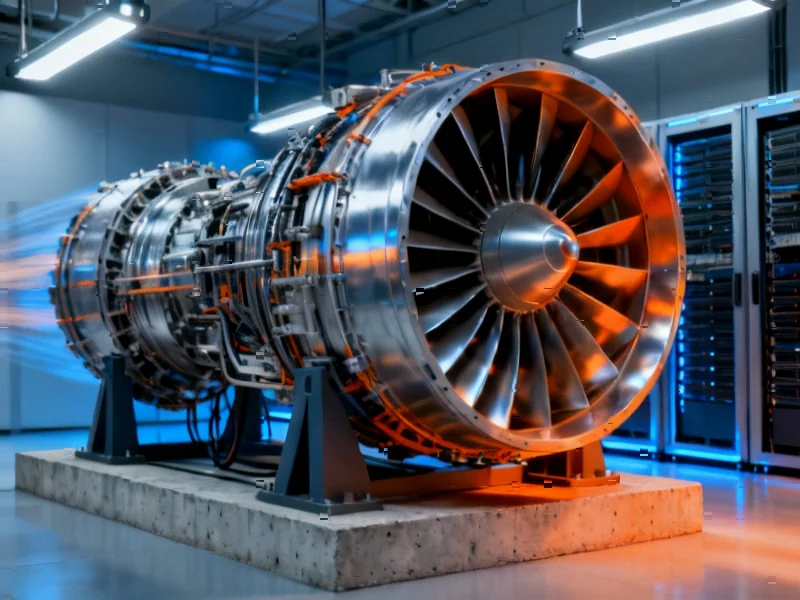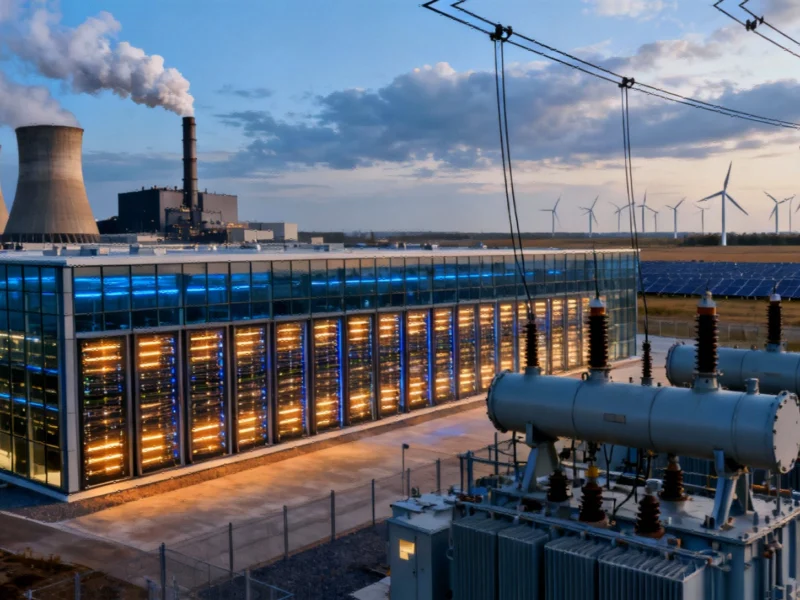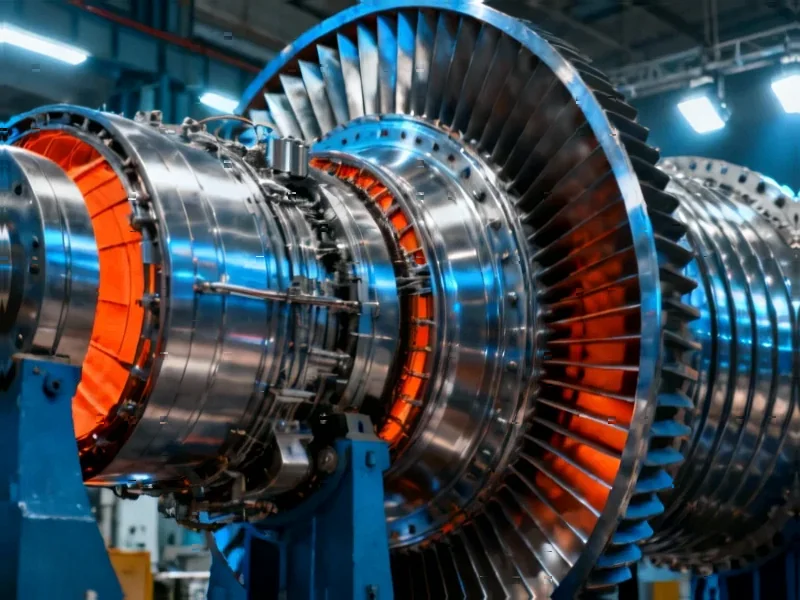Aviation Technology Meets Data Center Demands
As artificial intelligence workloads strain global energy infrastructure, data center operators are turning to an unconventional power source: repurposed jet engines. According to reports from IEEE Spectrum, Missouri-based company ProEnergy has found significant demand for modified General Electric CF6-80C2 jet cores that originally powered Boeing 767 aircraft. These high-bypass turbofan engines, sources indicate, are being converted into stationary generators capable of delivering massive electrical output for computing facilities.
Table of Contents
Bridging the Power Gap
The rapid expansion of AI computing has created what analysts suggest is an “energy desperation” among data center developers who cannot wait for traditional power utilities to expand grid capacity. Landon Tessmer, ProEnergy’s commercial operations VP, reportedly explained at the World Power show in San Antonio that 21 such aviation engine generators have already been sold to data centers for use during construction phases. The report states these units will serve as primary power sources for years after facilities become operational, with potential future use as backup generators once grid connections are established.
Engineering Marvel Delivers Massive Output
Through specific modifications, these jet engine cores can be secured to concrete foundations or packaged into mobile trailers and connected directly to data center infrastructure. When operational, each unit can reportedly generate up to 48 megawatts of electricity—enough to power approximately 32,160 American homes according to energy conversion estimates. This substantial output makes them particularly suitable for powering AI computing clusters, which demand exceptional energy density that conventional power sources often struggle to provide economically.
Contrasting Energy Visions
While tech billionaires like Sam Altman, Bill Gates, and Peter Thiel invest heavily in futuristic nuclear fusion projects, today’s data centers require immediate solutions. The adoption of repurposed jet engines represents what industry observers describe as a pragmatic approach to bridging the gap between current energy needs and future power technologies. These turbine generators offer rapid deployment and scalability that traditional power plant construction cannot match, allowing data centers to come online months or years sooner than if they relied solely on utility grid expansions.
Sustainable Considerations
The environmental implications of using aircraft-derived turbines for continuous power generation raise questions about emissions and efficiency. However, sources indicate that the high-bypass turbofan design of the CF6-80C2 engines offers better fuel efficiency than many traditional industrial turbines. The repurposing of existing engine cores also extends the operational life of manufacturing-intensive equipment that would otherwise be retired, potentially reducing the carbon footprint associated with manufacturing new power generation equipment from scratch., according to technology trends
Industry Implications
This emerging practice highlights the extreme measures becoming necessary to support the computational demands of artificial intelligence development. As AI models grow exponentially in size and complexity, their energy requirements are outpacing the development of both conventional power infrastructure and experimental energy sources. The successful deployment of jet engine generators, according to industry reports, may inspire similar innovative approaches across the technology sector, where energy availability is increasingly becoming a critical bottleneck for advancement.
Related Articles You May Find Interesting
- SAP’s AI-Driven Transformation: How European Tech Giant Secures 85% of 2026 Reve
- How Wonder Studios’ $12M Funding Blueprint Positions It as Hollywood’s Creative
- AI Data Storage Demands Drive Infrastructure Modernization Push
- Digital Identity Verification: The $95 Billion Blind Spot in Corporate Growth St
- AWS Trails in AI Cloud Competition But Recovery Signs Emerge, Analysts Report
References
- https://www.geaerospace.com/sites/default/files/datasheet-CF6-80C2.pdf
- https://cbsaustin.com/news/local/expert-speaks-on-how-many-homes-can-be-power…
- http://en.wikipedia.org/wiki/Artificial_intelligence
- http://en.wikipedia.org/wiki/Euro
- http://en.wikipedia.org/wiki/Data_center
- http://en.wikipedia.org/wiki/Sam_Altman
- http://en.wikipedia.org/wiki/Institute_of_Electrical_and_Electronics_Engineers
This article aggregates information from publicly available sources. All trademarks and copyrights belong to their respective owners.
Note: Featured image is for illustrative purposes only and does not represent any specific product, service, or entity mentioned in this article.



